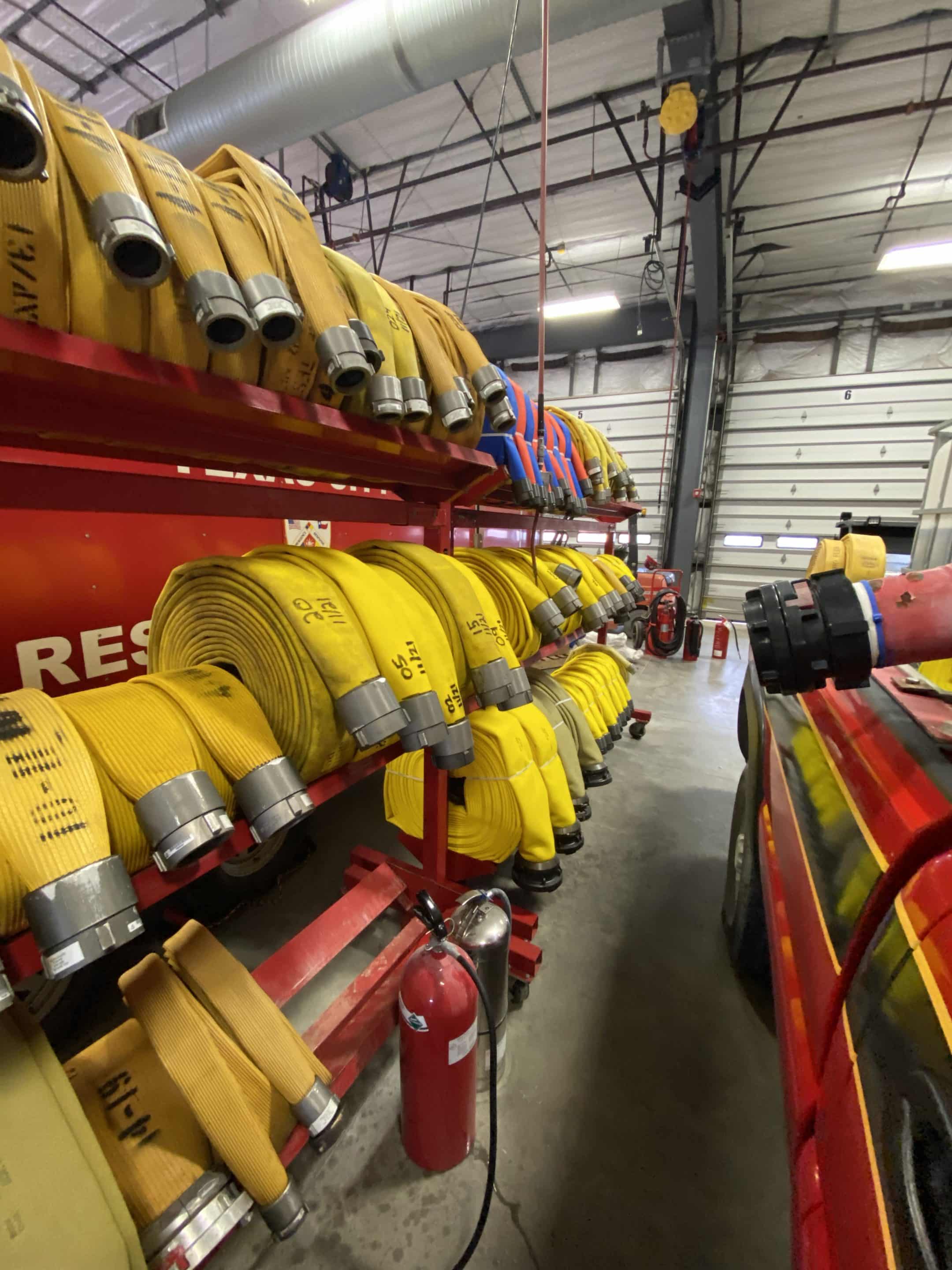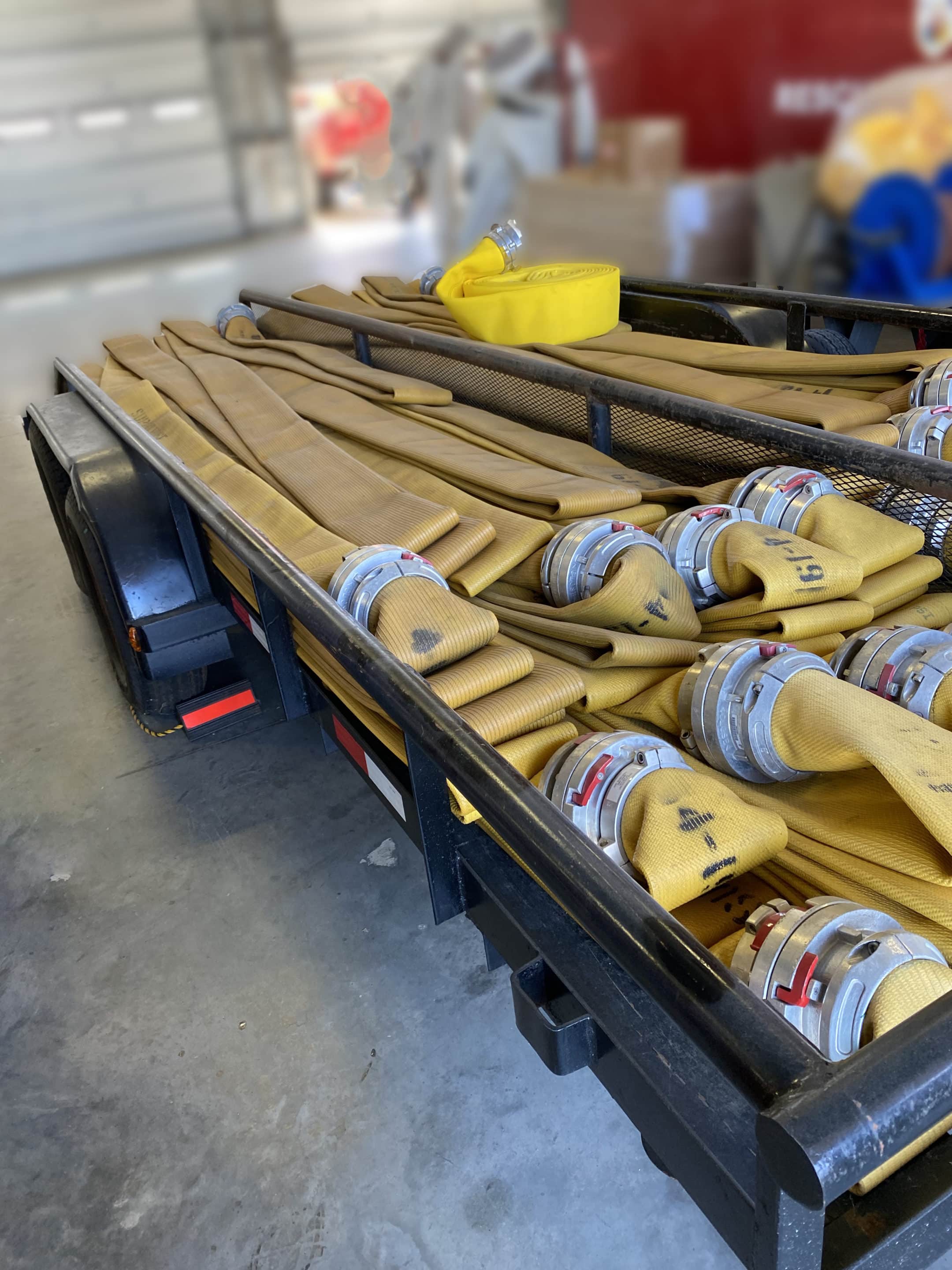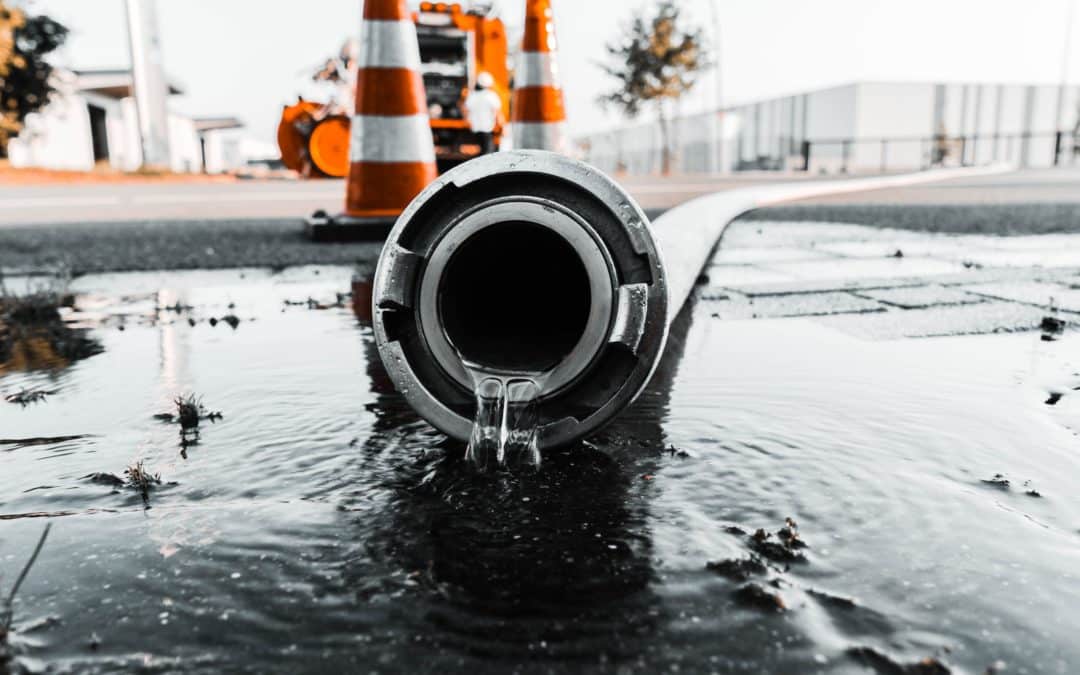Fire Hose Testing And Its Importance
Testing your facility’s fire hose is incredibly important to find equipment failure and help reduce the risk of injury to any responders or bystanders. Regular testing of fire hose, couplings and threads is a necessary duty to ensure a level of safety for anyone who uses the system. This will allow for the system to perform at its maximum potential and increase longevity of the products.
Note: You should always follow the manufacturer’s instructions and recommendations when it comes to fire hose testing.
Some of the key points of NFPA 1962 include:
Hose manufactured prior to July 1987 should be removed from service.
Hose that is in service should be service tested at least annually. Hose held in storage for longer than 1 year shall be service tested before being placed into service.
Service-testing of nozzles – Testing should be done at least as frequently as the hose to which it is attached.
Attack fire hose should be service tested to a minimum of 300 psi or a service test pressure marked on the hose.
Supply fire hose should be service tested to a minimum of 200 psi or a service test pressure marked on the hose.
Hose removed from service for repair or because it has been condemned should be tagged with a distinctive tag with the reason for removal from service noted on the tag.
Personnel responsible for the repair and maintenance or repair of fire hose should ensure that a report of the work performed to repair each length is recorded on the permanent hose record.
Fire Hose Testing
Annual Service Pressure Test per NFPA 1962 standard, latest edition
Identification Number assigned using a barcode on each coupling and redundant marking on the hose jacket
Inspect outer jacket, inner liner, couplings and threads
Inspect gaskets and replace as required
Lubrication of couplings using fire hose manufacturer approved 100% silicone lubricant
Lubrication of all apparatus connection points
Nozzle And Appliance Testing
Test nozzles for pressure and flow testing per NFPA 1962 standard, latest edition
Base nozzle pressure testing, inspection for waterway obstruction, damage to tip, proper shut-off valve operation, thread gasket condition.
Identification number assigned using a barcode on each nozzle and appliance.


Vanguard Results
Our team of experts pride themselves on providing the best service and inspections possible. Below is an example of how we like to conclude our service visits. Our team ensures that the fire hose(s) is put back properly to prevent any fraying or cracking. We like to pay close attention to detail and we keep thorough documentation. Once the inspection is concluded, our team makes sure the area is tidy and clean so that our client and their tools are prepared for any emergency situation.
Additional Resources
For a more detailed explanation from the NFPA 1962 fire hose testing requirements, please visit NFPA.org
Protect Your Investment
At Vanguard Fire & Security Systems, we are proud to be your single source solution for any fire protection, life safety, and security system need. Contact us today to talk about how we can better protect you and your business.


